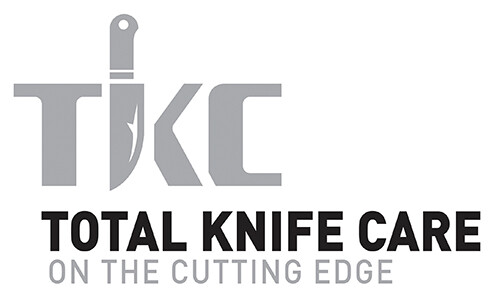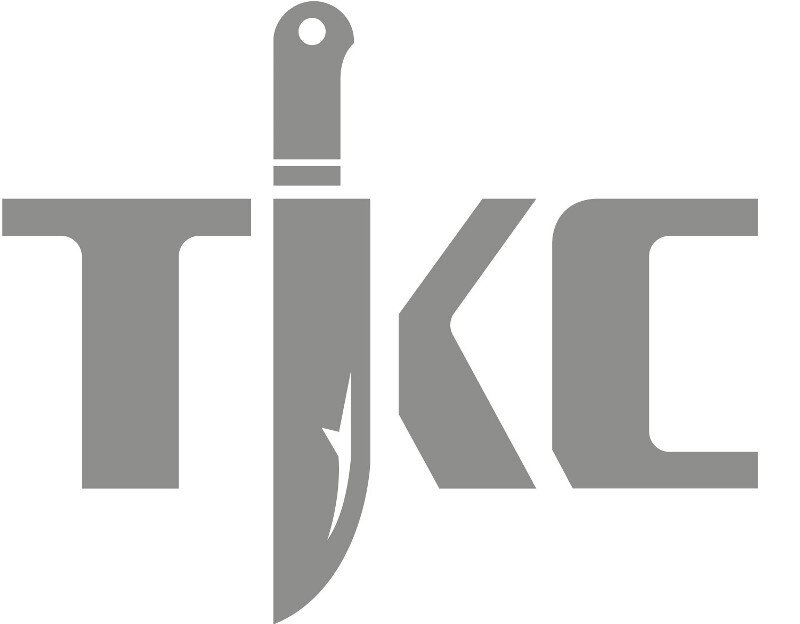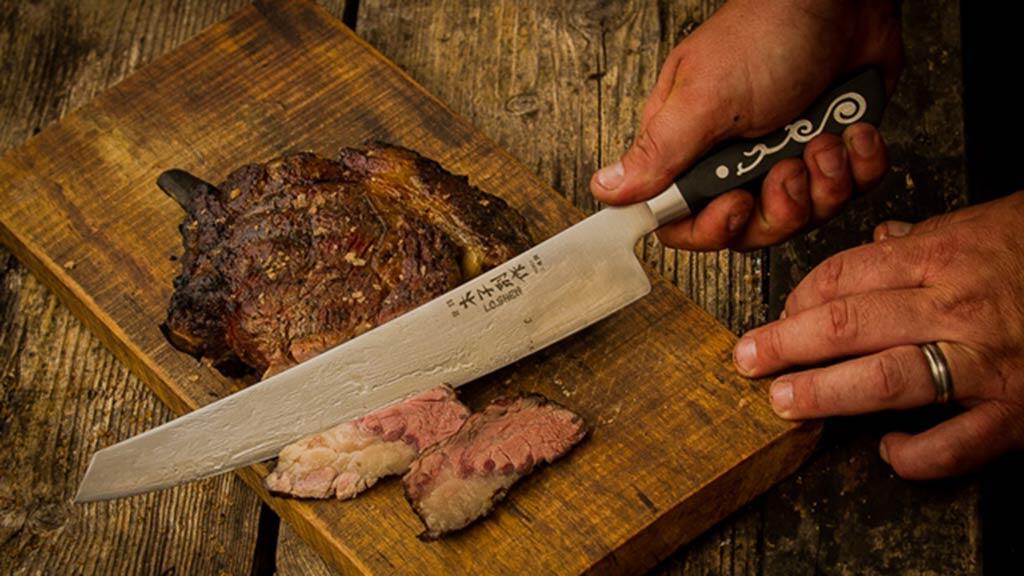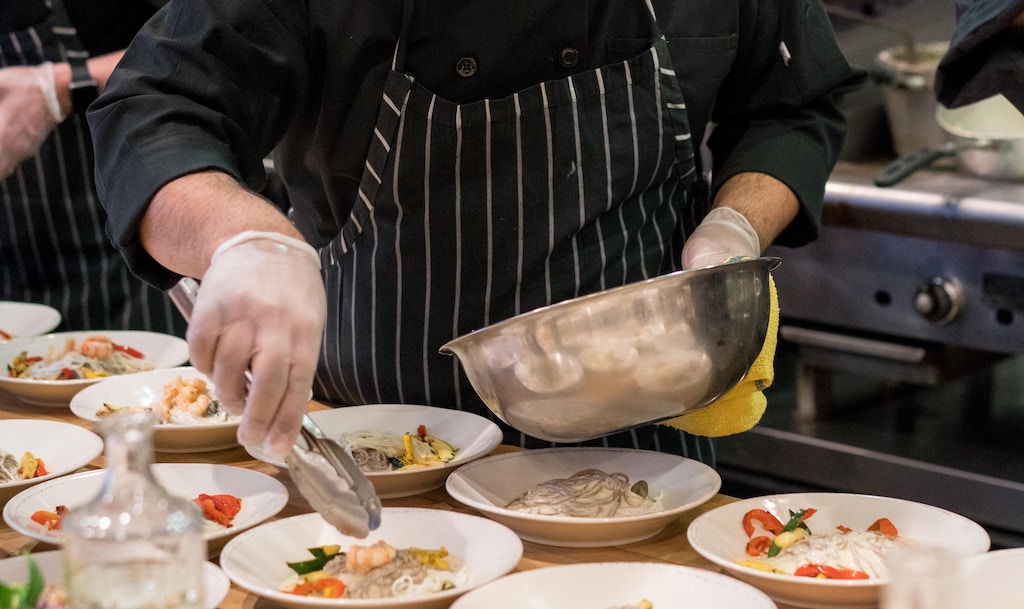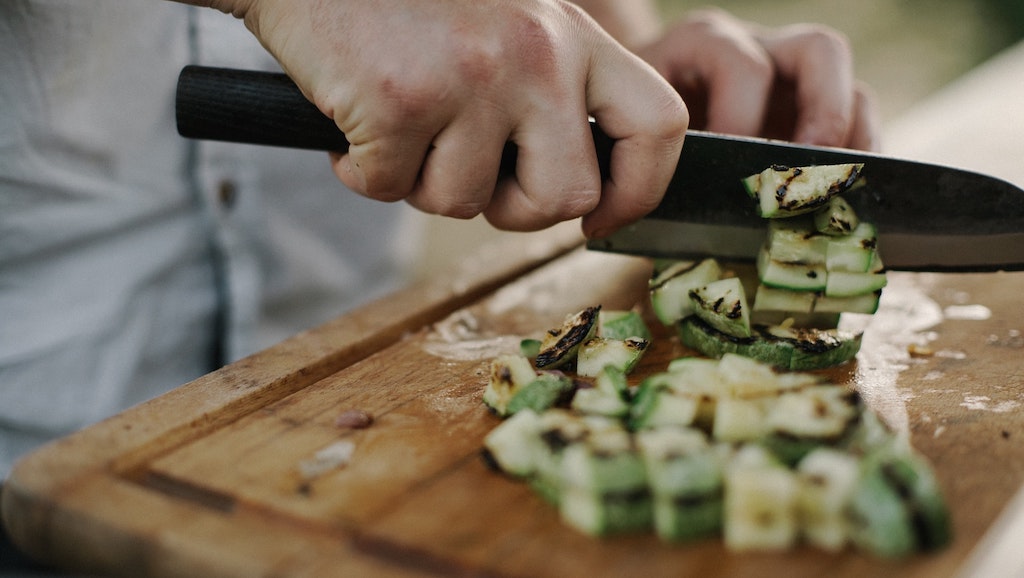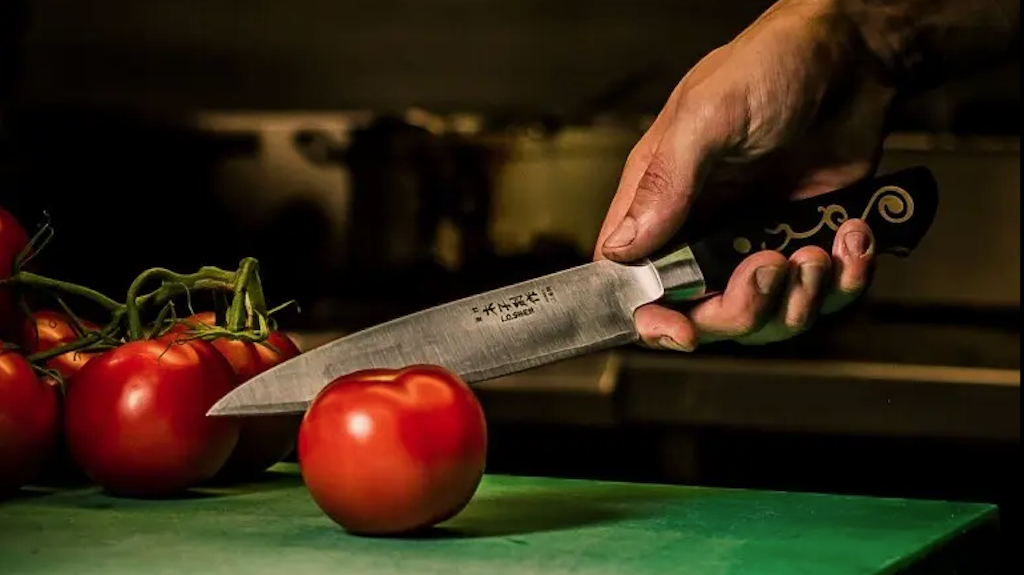Kitchen knife myths
Do a search on the internet on knife myths and you come up with a huge amount of information, much of it a little contradictory. We’ve trawled through all the advice on the net and come up with our pick of the best myths, and our take on them. Not always what the answers were on the net!
1. You can wash your knives in the dishwasher
This one is on a lot of lists. The answer is of course – no it’s not a good idea to do this, only for the fact that cutlery can be moved around by the jets of water in the dishwasher and the blades can be bumped into hard surfaces (eg other cutlery, crockery, the insides of the dishwasher) and get damaged. Also other items in the dishwasher might stain stainless steel blades – a contradiction in terms maybe, but true. Plus the harsh chemicals in the dishwasher can pit stainless steel which could lead to rust marks.
2. A blunt knife is safer than a sharp one
We’ve covered this in great detail elsewhere – check our previous article Knife injuries in the workplace.
3. Some types of knives stay sharp forever
Unfortunately not. Some serrated and scalloped knives are promoted as being ‘forever sharp’, but in truth even these knives, which are made of a series of teeth, eventually wear out as the teeth become blunt.
4. It doesn’t matter what cutting board you use
Also described in some lists as ‘it’s the food that makes knives blunt’. Although there is an element of knife blunting that occurs due to the food, particularly when hitting bone and the like, the most serious knife blunting is caused by cutting and chopping on unsuitable surfaces. The best chopping board for a knife is either wood, bamboo or soft plastic. Stay away from granite and glass and other hard surfaces, which will speed your knives to bluntness. See also point 2 here – Total Knife Care – 4 Points.
5. Honing steels sharpen knives (not diamond sharpening steels)
Those steel rods that come with knife sets are only designed to straighten knife blades that have ‘rolled’, that is they have blunted by folding. Steels can straighten blades where this has happened, but they cannot sharpen a blade, as they don’t remove any metal.
6. Expensive knives are better than cheap ones
This is untrue in a few ways (although you can understand the sentiment) – although we’re not big fans of the word ‘cheap’ we’d claim that our knives are competitively priced and very good value against any of the top brands. And of course a blunt expensive knife is useless, you should take a sharp less expensive one every time.
7. Only professional knife sharpeners can get a knife sharp
What can we say? Read any of our previous stories from happy users – both professional and home users – of the Nirey range.
8. Only the most expensive sharpeners get a knife blade sharp
Again, see our comments in our previous article here. If you have a good set of kitchen knives, we strongly recommend you don’t sharpen them on a basic inexpensive sharpener, for a number of reasons. As long as you get a good sharpener, it doesn’t need to be the most expensive.
9. You can sharpen knives with magnetism
Apparently there is a theory out there that magnetism alone can sharpen a knife by placing it in a magnetic field which ‘realigns the molecules’. Steel is fundamentally crystalline, ie it’s arranged at molecular level in a solid lattice, so can’t be ‘realigned’ by magnetism. You need to remove some material to make the knife sharp again. That’s the theory we subscribe to, anyway.
10. A sharpener isn’t working unless you see sparks coming out of it
Unfortunately seeing sparks flying when a knife is being sharpened is more likely to be a sign of nicks in the blade being taken out. A sharpener does not need to be generating sparks to be working.
11. A stone is the best way of sharpening a knife
Again – we beg to differ (see this article).
12. Electric sharpeners are bad for knives
And we beg to differ here too (as above).
13. Knife blades need to be restored to their original ‘factory’ condition
Most knives are sharpened to a standard straight sided ‘V’ shape in the factory. Arch shaped cutting edge profiles are actually stronger (Nirey sharpeners sharpen to a standard 15 degree angle).
14. You can keep your knives in a kitchen drawer with other cutlery
Again, we agree with other sources on the net that this is a bad idea, and strongly advise against keeping your ‘good’ knives in the cutlery drawer. To protect the blades you should store your knives either in inserts, or in a knife block or magnetic rack. Of course Total Knife Care can help you with all of these accessories!
Have you heard any other knife myths? Do you agree or disagree with our responses? Let us know below…
